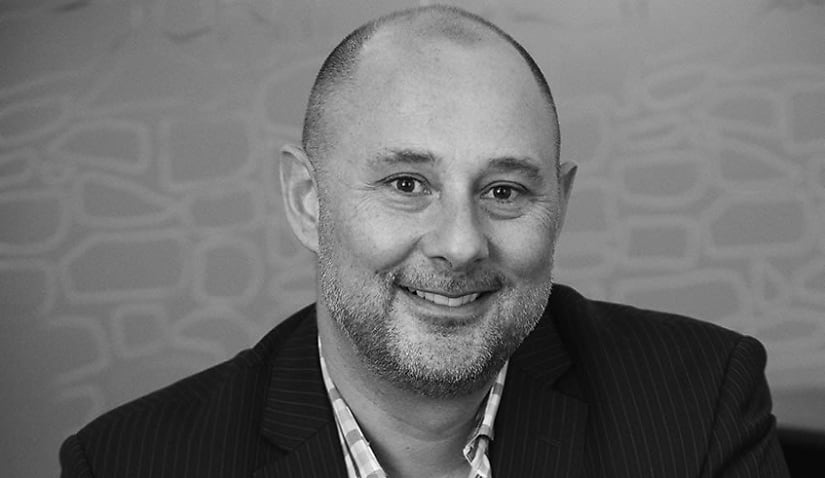In the wake of voluminous market change since the start of the decade, and against the backdrop of ongoing shifts, one BigLaw head sees an “hourglass effect” coming, whereby law firms in the middle of the market “will be under a lot of pressure” to differentiate.

In a recent episode of Legal Firesides, produced exclusively for subscribers to Lawyers Weekly Premium, HPX group CEO and Hamilton Locke managing partner Nick Humphrey reflected on the continued growth of the BigLaw player and its parent company and where it will sit in the Australian legal services marketplace moving forward.
Amid persistent economic and geopolitical change, he said, “agility’s been our friend”.
When asked about the future and continued evolution of the legal services marketplace, and how firms like Hamilton Locke (and its parent company) will continue to grow and pivot, he said that his views on how the market will pan out depend on where a law firm sits on the spectrum.
He believes, for example, there’ll be a “proliferation” of small or boutique firms, with one or two partners: “They’ll be very specialised niche offerings, almost no back office at all, maybe a secretary and a laptop and off they go.”
At the other end of the spectrum, global and national firms will face pressure to attract and retain talent: “What you’re seeing is that Gen Zs and Gen Ys don’t want to work the 3,000 hours anymore. They are much more concerned about mental health and balance and contributing around the triple bottom line. There’ll always be people that want to go to the big brands – that won’t change. But the 3,000-hour thing probably masks some inefficiencies in models.”
Moreover, Humphrey continued, clients are expecting more from BigLaw, and many practices are consolidating, such as Herbert Smith Freehills Kramer and A&O Shearman, and Paul Weiss entering the UK market from the US, “just hoovering up all the talent”.
However, the mid-market in law is what he thinks “will get shaken up the most” in Australia.
“How do they differentiate? What’s their clear strategy, kind of around technology and AI, but what’s their talent strategy? How are they going to differentiate and retain talent, particularly when those sort of younger generations are very mobile and entrepreneurial?”
For so many big, mid-tier firms, Humphrey argued, “there’s so much margin pressure and probably not enough differentiation”.
“I think there is a lot of interesting shifts and changes happening in the market, but particularly on that mid-market. I call it the hourglass effect, where you’ll have the big firms and the boutiques, [and then] that middle will be under a lot of pressure,” he submitted.
He further predicted that “there’ll be a lot more acquisitions, a lot more global alliances” between larger law firms, meaning those mid-market practices “need to figure out how they will attract and retain their talent”.
“When you’ve got the top end coming in offering lots of money, you’ll have private equity-backed law firms offering real equity, and then you’ll have the allure of just not having any of the politics and just being independent. So those mid-market firms will be being fighting at all levels.”
To listen to the full conversation with Nick Humphrey, click here. This episode is available only to subscribers of Lawyers Weekly Premium.

Jerome Doraisamy is the managing editor of professional services (including Lawyers Weekly, HR Leader, Accountants Daily, and Accounting Times). He is also the author of The Wellness Doctrines book series, an admitted solicitor in New South Wales, and a board director of the Minds Count Foundation.
You can email Jerome at: